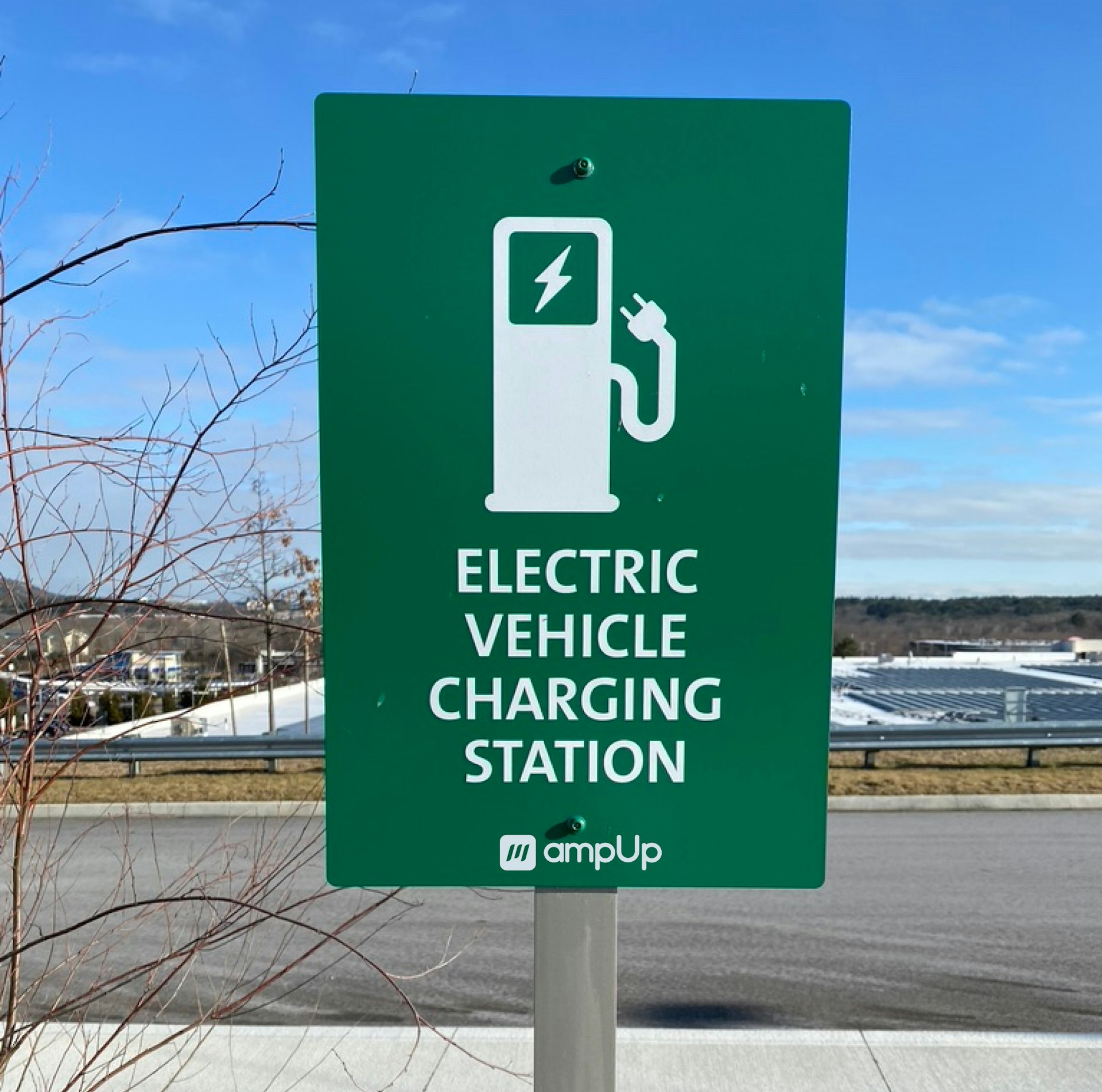Unlocking Shared Economy Business Opportunities in 2025: Trends, Models, and Practical Steps

Photo by BoliviaInteligente on Unsplash
Introduction: The Shared Economy’s Transformation in 2025
The shared economy is entering a new phase of dynamic expansion in 2025, creating unprecedented opportunities for entrepreneurs and established businesses alike. Defined by platforms that facilitate peer-to-peer exchanges of goods, services, and assets, the sector is forecast to reach $246.18 billion this year, up from $194.14 billion in 2024, with a compound annual growth rate (CAGR) near 26.8% [1] . This rapid ascent is driven by evolving consumer preferences, sustainability imperatives, and technological innovation. Understanding how to access, leverage, and expand within this market is critical for those seeking real shared economy business opportunities in 2025.
Key Trends Shaping the Shared Economy in 2025
Several trends are changing how shared economy businesses operate and grow:
- Peer-to-Peer Platforms: Platforms connecting users directly, such as ride-sharing, accommodation, and freelance services, are accelerating market reach and reducing entry barriers [2] .
- Sustainability and Urbanization: Growing environmental awareness and urban living are encouraging shared resource models to minimize waste and optimize asset use [1] .
- Electric Vehicle Integration: The adoption of electric vehicles (EVs) is fueling expansion in ride- and car-sharing, providing efficient, eco-friendly transport alternatives [1] .
- Flexible Pricing and Niche Growth: Platforms now offer variable pricing and target specific niches, such as fashion, construction equipment, and electronics rentals [3] .
- Blockchain and Decentralization: Emerging technologies are enabling more secure, decentralized transactions and new business models [2] .
Major Shared Economy Business Models for 2025
Entrepreneurs can pursue several business models in the shared economy, each with distinct entry points and growth strategies:
1. Asset Sharing & Rental Platforms
Platforms like Turo (car sharing), Neighbor (storage rentals), and Vacatia (vacation rentals) allow individuals or small businesses to monetize underutilized assets [4] . For example, Turo lets car owners rent their vehicles, earning additional income and offsetting ownership costs. These models benefit from urban density, digital access, and consumer demand for flexibility.
Implementation Steps:
- Identify an asset with underutilized value (car, equipment, property).
- Research existing platforms (e.g., Turo, Neighbor) and their requirements.
- Register as a host and complete necessary verifications and insurance.
- Optimize your listing with clear descriptions, photos, and competitive pricing.
- Leverage platform tools for marketing, scheduling, and payments.
Alternative Pathways: If existing platforms do not serve your niche or location, consider developing a localized or specialized rental service and advertise via community groups or social media.
2. Skill and Service Marketplaces
Freelancing platforms such as Upwork and Fiverr connect skilled professionals with businesses seeking remote or project-based work [5] . These services cover everything from graphic design and writing to programming and consulting.
Implementation Steps:
- Assess your skills and experience.
- Create detailed profiles on reputable freelancing platforms.
- Build a portfolio showcasing previous work and client testimonials.
- Set competitive rates and respond promptly to project inquiries.
- Engage in platform communities to increase visibility and reputation.
Alternative Pathways: If global platforms are saturated, pursue niche or regional job boards, or network directly with local businesses.
3. Shared Mobility Solutions
Ride-sharing and micro-mobility platforms, such as Uber and Lyft , continue to evolve with electric vehicles, scooter sharing, and expanded geographic coverage. These models are increasingly integrated with urban transportation planning and sustainability goals [1] .
Implementation Steps:
- Research regional ride-sharing regulations and licensing requirements.
- Acquire a suitable vehicle, preferably electric for sustainability and cost savings.
- Register with reputable platforms and complete all onboarding steps.
- Optimize service quality through timely pickups, clean vehicles, and positive customer interactions.
Alternative Pathways: Explore micro-mobility (bike or scooter rentals) or partner with local governments for public-private transit initiatives.
4. Shared Workspaces and Facilities
Co-working spaces and shared offices, such as WeWork , offer flexible environments for startups, freelancers, and remote workers. These facilities reduce overhead, foster collaboration, and support business growth [2] .
Implementation Steps:
- Find local co-working spaces through online searches or directories.
- Compare pricing, amenities, and community offerings.
- Book spaces that match your business needs, whether for daily, weekly, or monthly use.
- Network within the space to discover new opportunities and partnerships.
Alternative Pathways: If commercial co-working is unavailable, consider forming informal shared offices with other local entrepreneurs or remote workers.
Practical Steps to Enter the Shared Economy Sector
Success in the shared economy begins with research and a clear strategy:
- Study market demand in your region or industry using official reports and reputable news outlets.
- Analyze competitors and platform requirements before investing in assets or marketing.
- Start with a manageable commitment-rent out one asset, freelance on a single platform, or join a local co-working space.
- Monitor user feedback and adapt services to meet evolving consumer preferences.
- Track regulatory changes, especially in transportation, housing, and financial transactions.
For more detailed market data and startup guides, search for ‘sharing economy business opportunities 2025’ on trusted industry research sites, such as The Business Research Company or StartUs Insights.
Challenges and Solutions in the Shared Economy
While shared economy models offer significant opportunity, they also present unique challenges:
- Regulatory Uncertainty: Local and national regulations can change quickly, affecting service eligibility, insurance, and taxation. Solution: Stay informed via official agency announcements and seek legal advice when expanding into new regions.
- Platform Competition: Popular platforms may be saturated, making it harder for new entrants to gain visibility. Solution: Focus on niche markets, exceptional service, and creative marketing strategies.
- Trust and Safety: Ensuring secure transactions and user safety is paramount. Solution: Use platforms with robust verification processes and clear dispute resolution policies.
- Scaling and Sustainability: Rapid growth can strain operational capacity. Solution: Invest in scalable technologies, partnerships, and sustainable practices from the outset.
Alternative Approaches and Emerging Niches
Beyond established models, entrepreneurs can explore:
- Decentralized Energy Trading: Platforms for peer-to-peer energy sharing are emerging, allowing users to buy and sell renewable energy locally.
- Rural Expansion: Shared economy services are moving beyond cities, offering new opportunities in rural and small-town settings.
- Specialized Rentals: Consider fast-growing niches like party supplies, watersports equipment, and scaffolding, which meet targeted consumer needs [3] .
To identify the best opportunities, search for platforms specializing in your area of interest, contact local business associations, or attend industry events.
Key Takeaways for Entrepreneurs and Businesses
The shared economy presents a powerful engine for business growth in 2025. Entrepreneurs can enter this sector through asset rentals, service marketplaces, mobility platforms, or collaborative workspaces. Success depends on market research, platform selection, regulatory compliance, and a commitment to customer service. For the latest developments, refer to market reports and consult with industry experts.

Photo by BoliviaInteligente on Unsplash
References
- [1] The Business Research Company (2025). Sharing Economy Market Overview & Growth Forecast.
- [2] StartUs Insights (2024). Sharing Economy Market Report 2025: Key Data & Innovation Insights.
- [3] Fatbit (2024). New-Age Rental Business Ideas in the Sharing Economy for Digital Entrepreneurs.
- [4] Wellfound (2022). Best Sharing Economy Companies and Startups to Work for in 2025.
- [5] International Banker (2025). Strong Growth Ahead Expected for the Sharing Economy.
MORE FROM smartsavingsfinder.com













